happyg
TPF Noob!
- Joined
- Jul 12, 2009
- Messages
- 11
- Reaction score
- 0
- Location
- Florida
- Website
- annmcgregorphoto.ifp3.com
- Can others edit my Photos
- Photos NOT OK to edit
i see it a lot in macro, but how do you increase dof when shooting macro? is it the type lens you use? or another secret?
thanks indvance for help
ann
thanks indvance for help
ann


 That's what happens when I don't completely read the first post.
That's what happens when I don't completely read the first post.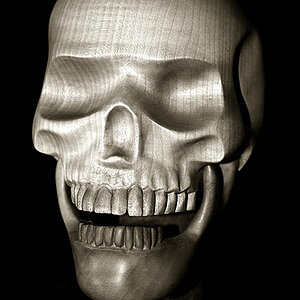

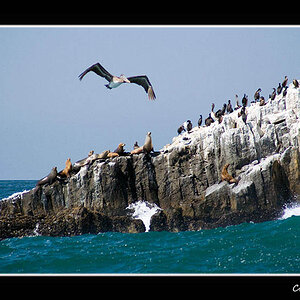



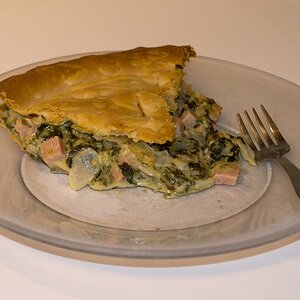


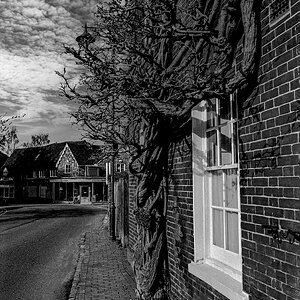
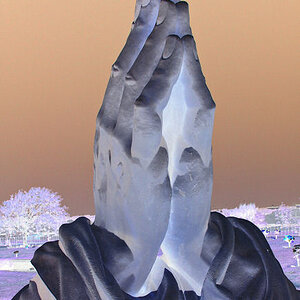
![[No title]](/data/xfmg/thumbnail/32/32782-7f10503454a2a8eeff8b554e3b081c86.jpg?1619735661)